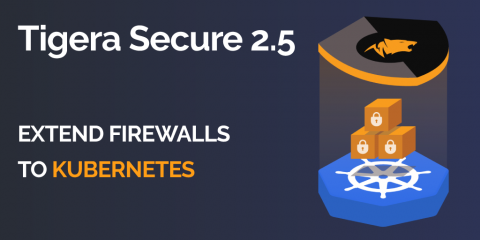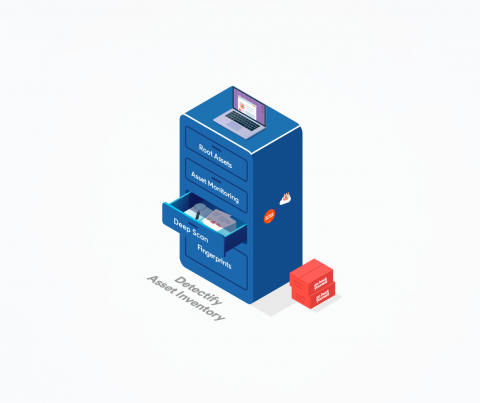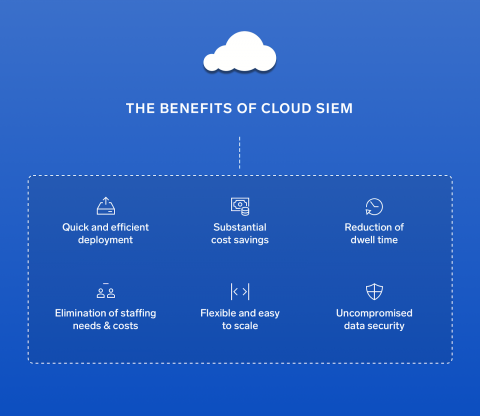Living the 7 Habits of Highly Effective Cybersecurity
The recent Tripwire blog ‘7 Habits of highly effective Vulnerability Management’ by Tim Erlin was a great read with some sage advice on the always relevant security topic of VM. I noticed, however, that although the seven points themselves were all Tim’s own, the title snappily paraphrased Steven Covey’s classic management book. This made me think.









